In modern bathroom design, the white bathroom vanity has become one of the most representative elements. It is not only the core area of spatial function, but also a crucial element that determines the aesthetic direction of the bathroom. Whether it's urban apartments that pursue a minimalist style or high-end residences that emphasize texture, white vanity can bring a refreshing atmosphere to the bathroom with its clean, bright, and versatile visual effects. However, no design choice is perfect, and while a white bathroom vanity brings many advantages, it also has certain limitations and challenges.
This article will comprehensively analyze the advantages and disadvantages of white bathroom vanities in modern bathroom decoration from multiple perspectives, including design trends, market data, practical functions, aesthetic effects, and user feedback, helping design owners and designers make more informed choices.
1. Market trend: White remains the mainstream color for bathrooms
According to Houzz's research results in the "2024 Bathroom Trends Report", over 45% of bathroom decoration projects have chosen white as the central theme, with white bathroom vanities accounting for a significant proportion. Designers generally believe that white conveys a sense of security, as it can be paired with natural colors such as light gray, beige, and wood grain, while also contrasting with dark elements like black and metal, allowing for a seamless transition between modern and classic styles.
Additionally, the white visual expansion effect makes it particularly popular in small bathrooms. Research shows that in bathrooms with a space of less than 60 square feet, the usage rate of white vanity exceeds 52%, far higher than other color schemes.
2. Advantage Analysis: Five Highlights of White Bathroom Vanity
2.1 Visual Magnification and Spatial Brightening
The white surface has a good reflective effect, allowing it to interact with both natural and artificial light sources, which significantly enhances the bathroom's brightness. Especially in small bathrooms lacking natural lighting, a white vanity can make the space look more spacious.
2.2 Versatility and design flexibility
Whether it's modern minimalism, Nordic style, retro American, French romance, or white vanity, it can naturally blend in. When paired with marble countertops, stainless steel hardware, black faucets, and even colored wall tiles, it can present different visual effects.
2.3 Easy to become a visual center
Against a dark background or patterned wall tiles, a white vanity can easily become the "focal point" of the space. This gives it an advantage in decoration, emphasizing spatial hierarchy and visual guidance.
2.4 High resale value
Real estate agents generally believe that white bathrooms are more likely to impress potential buyers than bathrooms with dark colors. According to Zillow's research, bathrooms with white elements increase the average selling price of a house by 2.3%, with white vanity being one of the key factors.
2.5 Emphasize cleanliness and hygiene
The bathroom itself is a space closely related to cleanliness and health. White vanity naturally conveys a clean and pure atmosphere visually, which is also a key reason for its enduring popularity.

3. Disadvantage Analysis: Limitations and Challenges of White Bathroom Vanity
3.1 Easy to get dirty and high maintenance costs
White surfaces are prone to water stains, toothpaste marks, cosmetic marks, or fingerprints, especially in high-frequency household bathrooms that require frequent cleaning. For busy office workers, this may add to their daily workload.
3.2 Yellowing problem after long-term use
Suppose the material selection or craftsmanship is poor. In such cases, a white vanity may turn yellow due to exposure to humid environments, the use of cleaning agents, or time-related sedimentation, which can impact its aesthetics. This is a significant pain point for secondary decoration or long-term users.
3.3 Personalized expression is restricted
Although white is versatile, it lacks a strong personality and cannot convey style and attitude as directly as black, dark blue, dark green, and other colors. For users who pursue unique personalization, a white vanity may appear too "safe".
3.4 Easy to be affected by lighting
In situations where the light source is insufficient, or the color temperature of the light is too cold, a white vanity may appear cold or even monotonous, and it needs to be compensated for through reasonable lighting.
3.5 Fast update speed of trends
Although White has remained mainstream in the past decade, the design trend is moving towards "personalized colors." For example, the popularity of light wood, dark green, and metallic elements may gradually weaken the advantage of the white vanity.
4. The influence of material and craftsmanship on the effect
The advantages and disadvantages of a white bathroom vanity are often closely related to the material.
Solid wood structure + white paint finish: Good texture, but high price, and requires regular maintenance to prevent cracking or discoloration.
Medium-density fiberboard (MDF) + baked paint: High cost-effectiveness, smooth surface, but average moisture resistance.
PVC or acrylic material: moisture-resistant, longer-lasting color, but not as natural in touch and texture as wood.
According to NKBA data, approximately 60% of white vanities on the market are expected to use MDF or composite boards in 2023, primarily due to their price advantage and process stability. However, in high-end projects, solid wood structures remain the preferred choice.
5. User feedback and case analysis
Many users have shared their experience of using white vanity on social media and decoration platforms:
A North Carolina homeowner mentioned, "The white cabinet makes my small bathroom look bigger, but I have to clean the water stains every week."
A designer said, "White is a safe choice with high customer acceptance, but without detailed matching, it can easily become plain."
Another high-end apartment owner gave feedback: "Choosing solid wood white cabinets does improve the texture a lot, but cleaning and maintenance are much more troublesome than dark ones."
These authentic voices confirm the duality of white vanity: it brings both the advantages of brightness and versatility, but also comes with issues of maintenance and durability.
6. Designer's suggestion: How to maximize advantages and reduce disadvantages?
Match with appropriate countertops and hardware: It is recommended to use light gray stone countertops or metal textured hardware to enhance the sense of layering and avoid the monotony caused by "all white".
Optimize lighting design: Paired with warm White or adjustable color temperature lighting to enhance the sense of temperature in the space.
Pay attention to anti-pollution and anti-moisture processes: When choosing, prioritize high-quality paint or durable materials to reduce daily cleaning pressure.
Localized embellishment color: Contrast colors can be added through wall tiles, floor tiles, or decorative elements to maintain the transparency of White and enhance visual appeal.
7. Conclusion: Balancing Pros and Cons
A white bathroom vanity is undoubtedly a classic choice in modern bathroom decoration. It brings a sense of space expansion, versatile flexibility, and high resale value, becoming the "safety card" for most households and designers. However, at the same time, it also faces practical challenges such as being prone to dirtiness, cumbersome maintenance, and lacking individuality.
Therefore, whether to choose a white vanity is not just a matter of aesthetic preference, but is closely related to lifestyle, space size, budget, and material selection.
In the pursuit of bright, tidy, and modern bathrooms, a white bathroom vanity is undoubtedly a trustworthy solution. But for users who pursue a unique personality or low maintenance costs, it may not be the only answer.
As the market continues to introduce more durable and intelligent materials and processes, the limitations of white vanity will gradually be optimized. At the same time, the cleanliness and versatility it represents will remain mainstream for a long time to come.

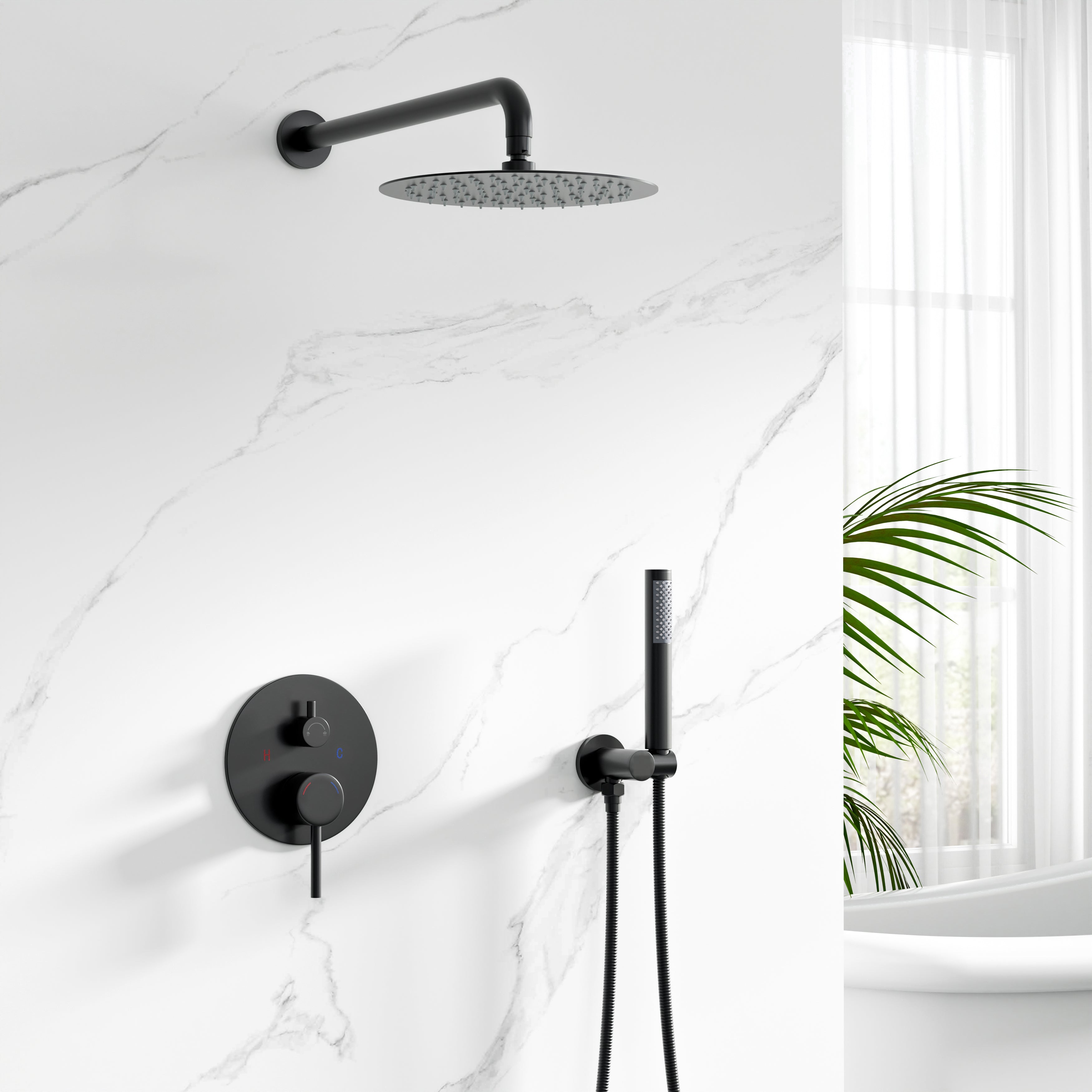
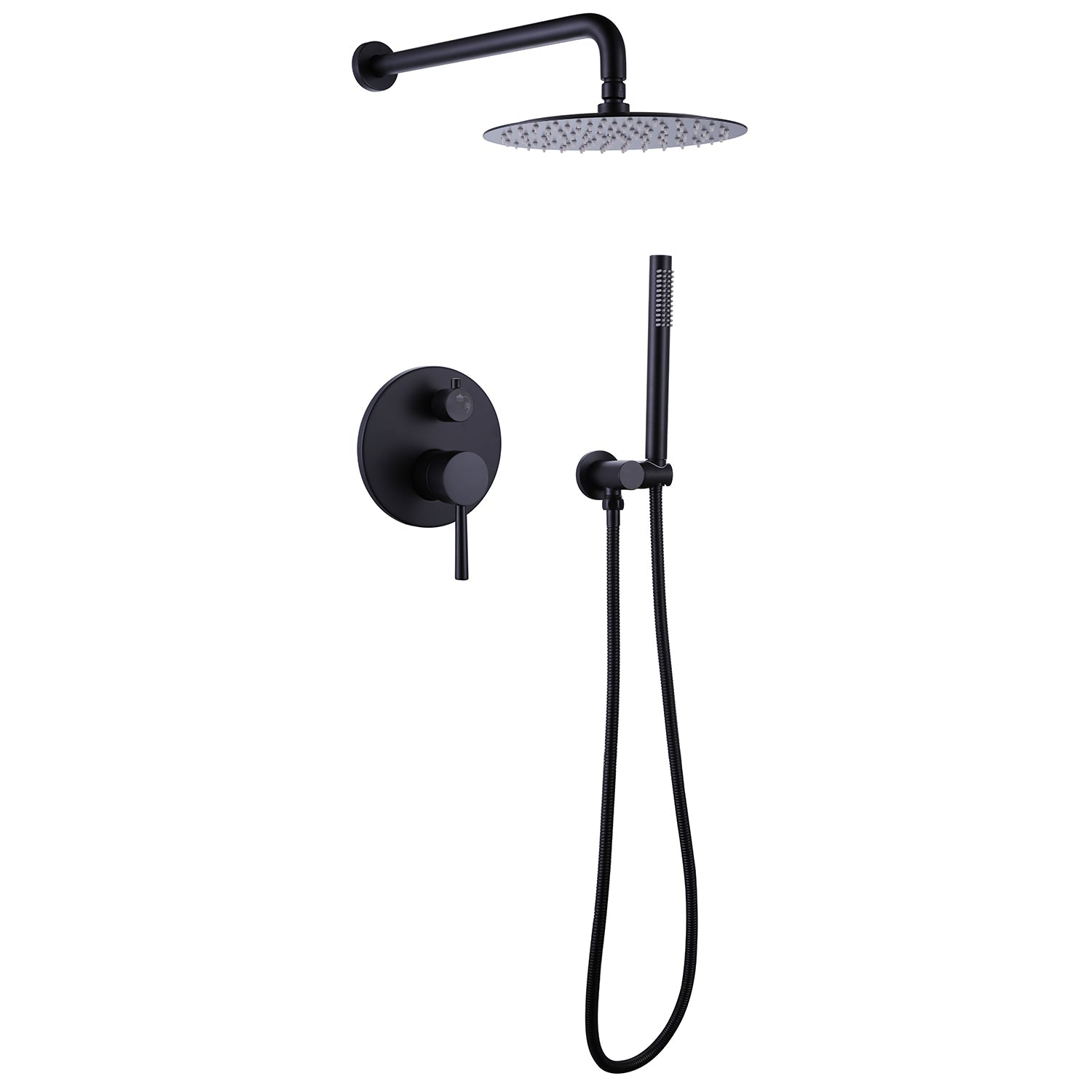




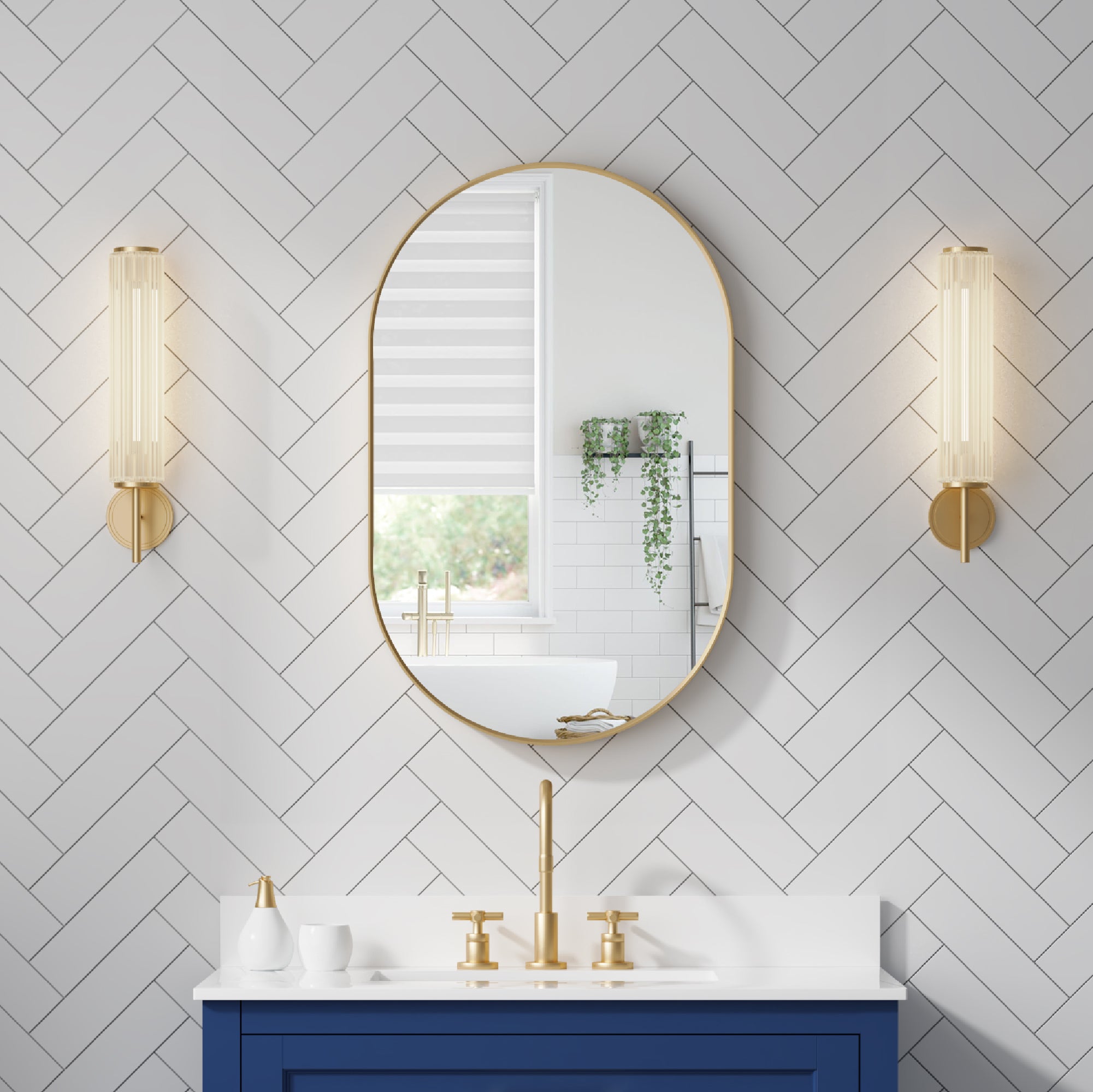
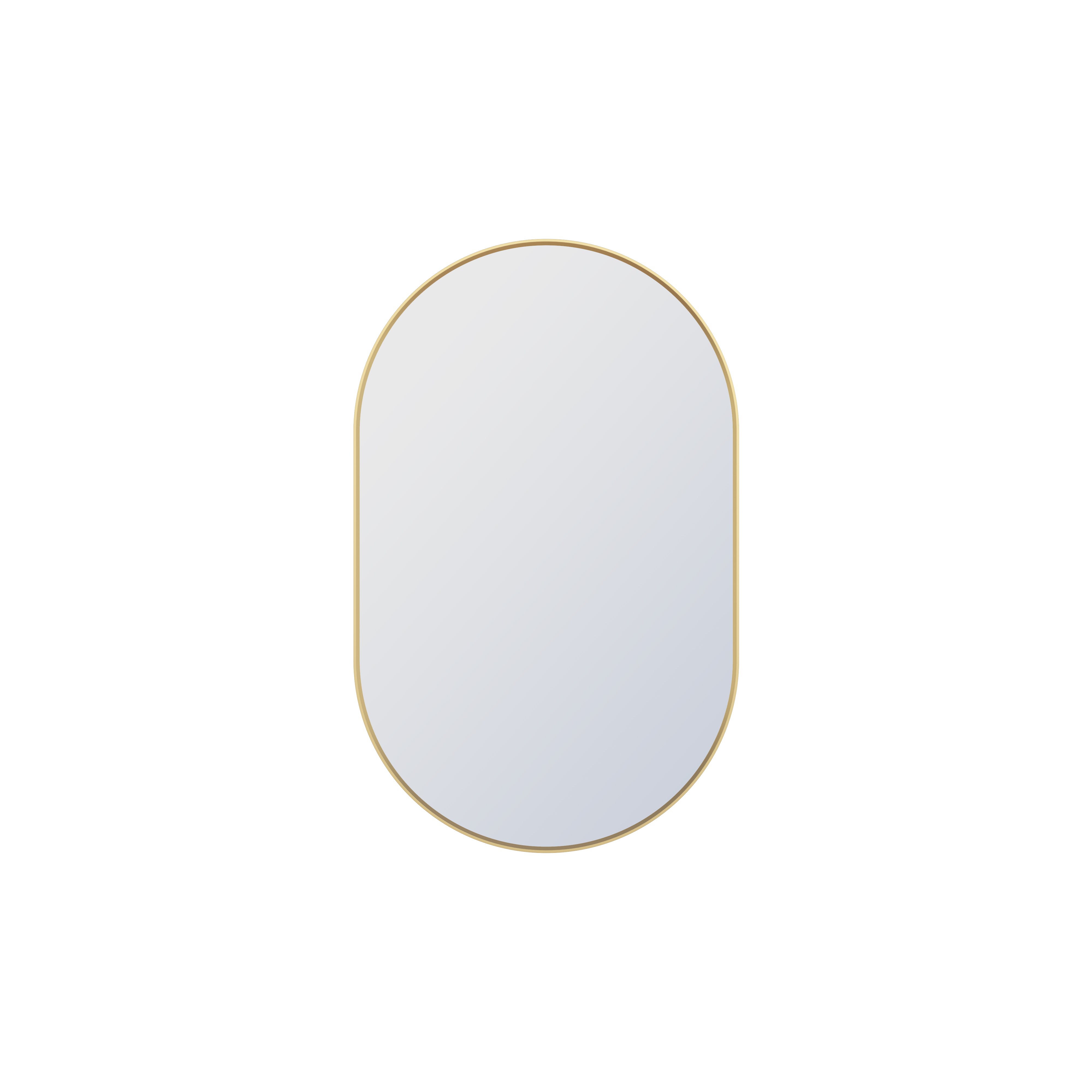

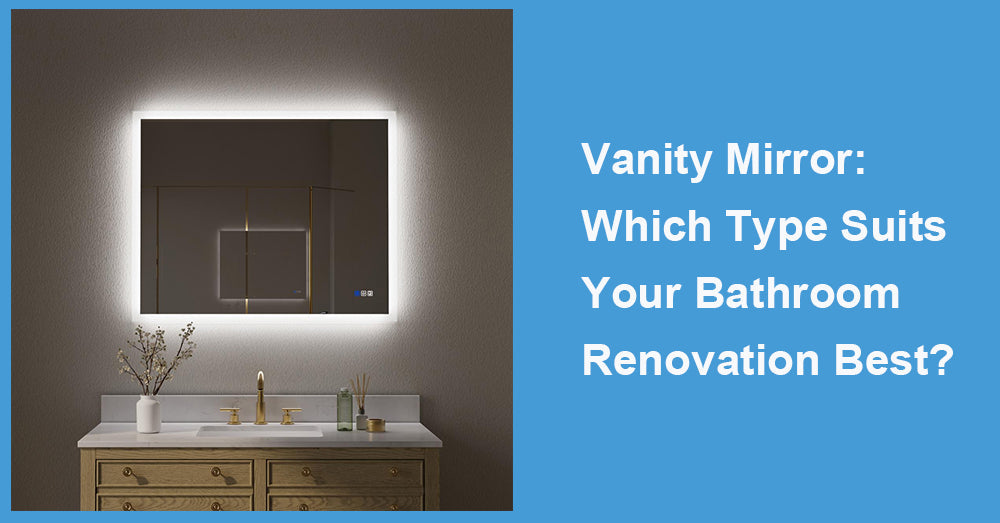
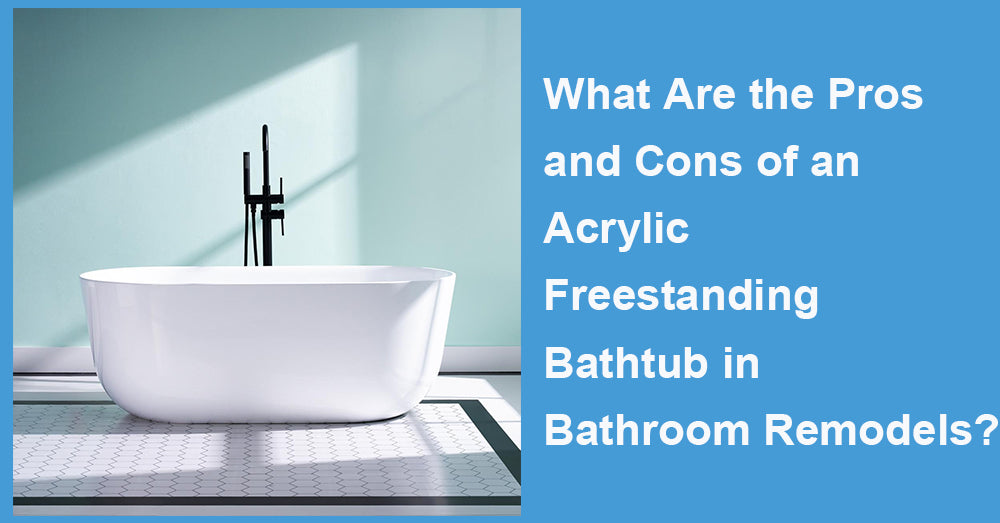
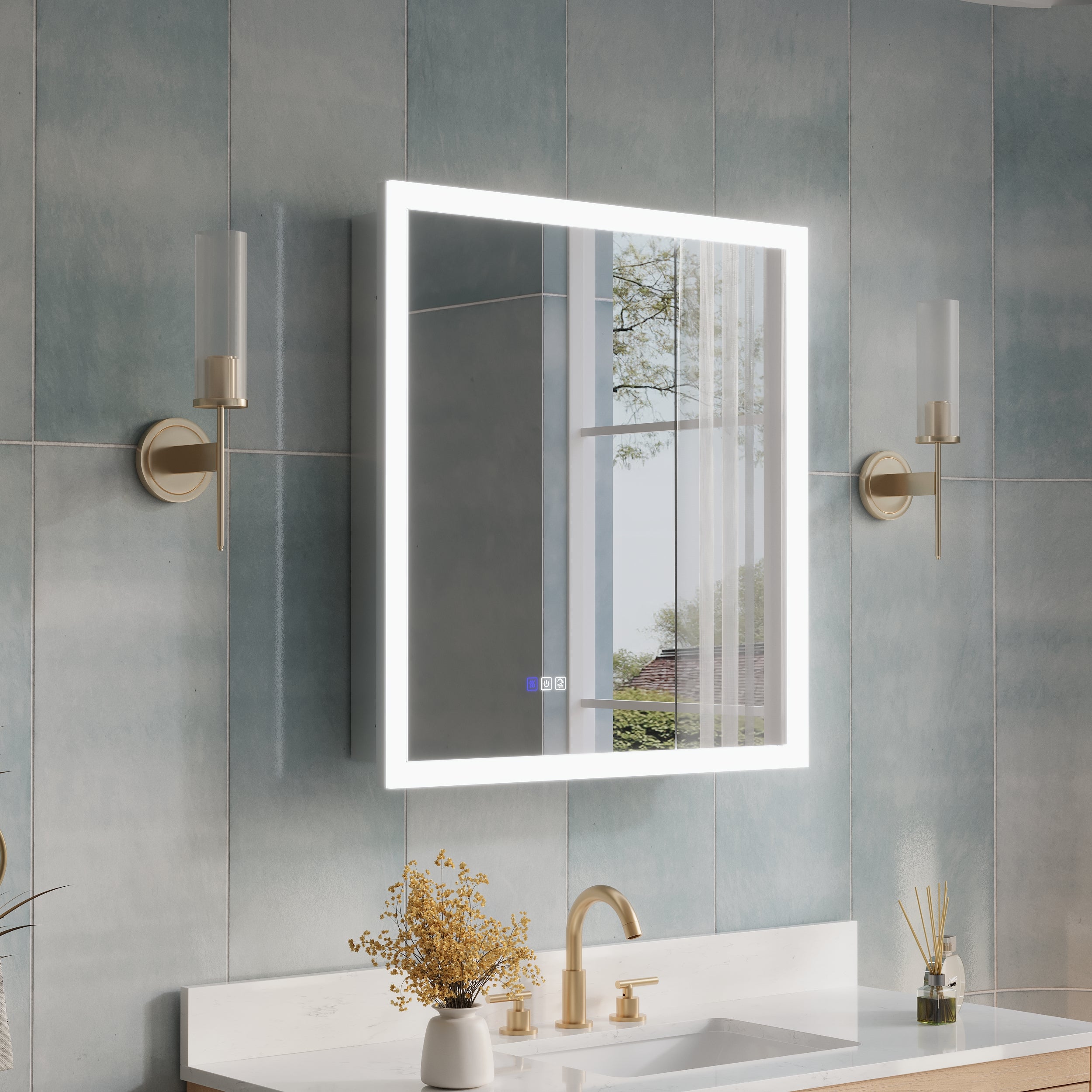
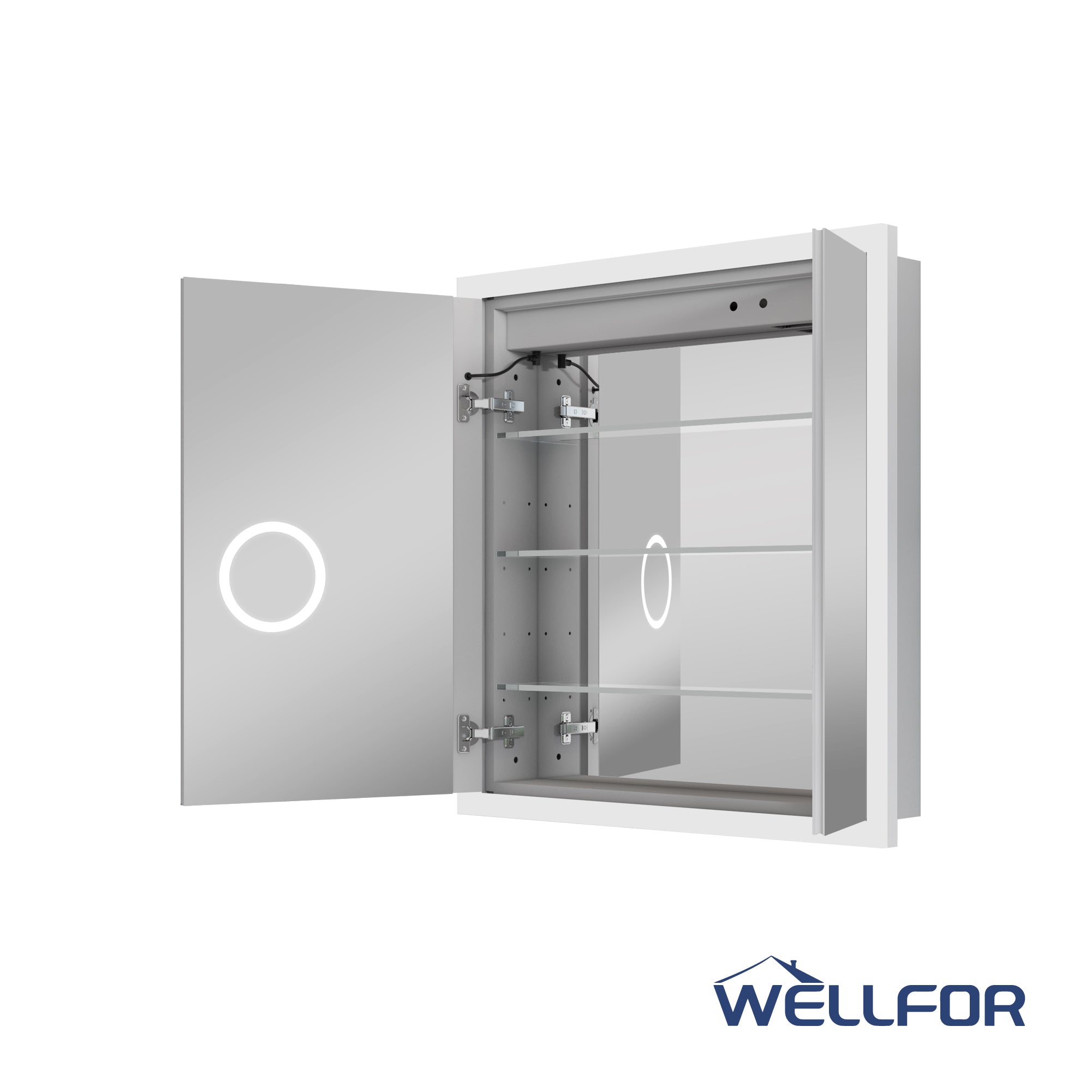
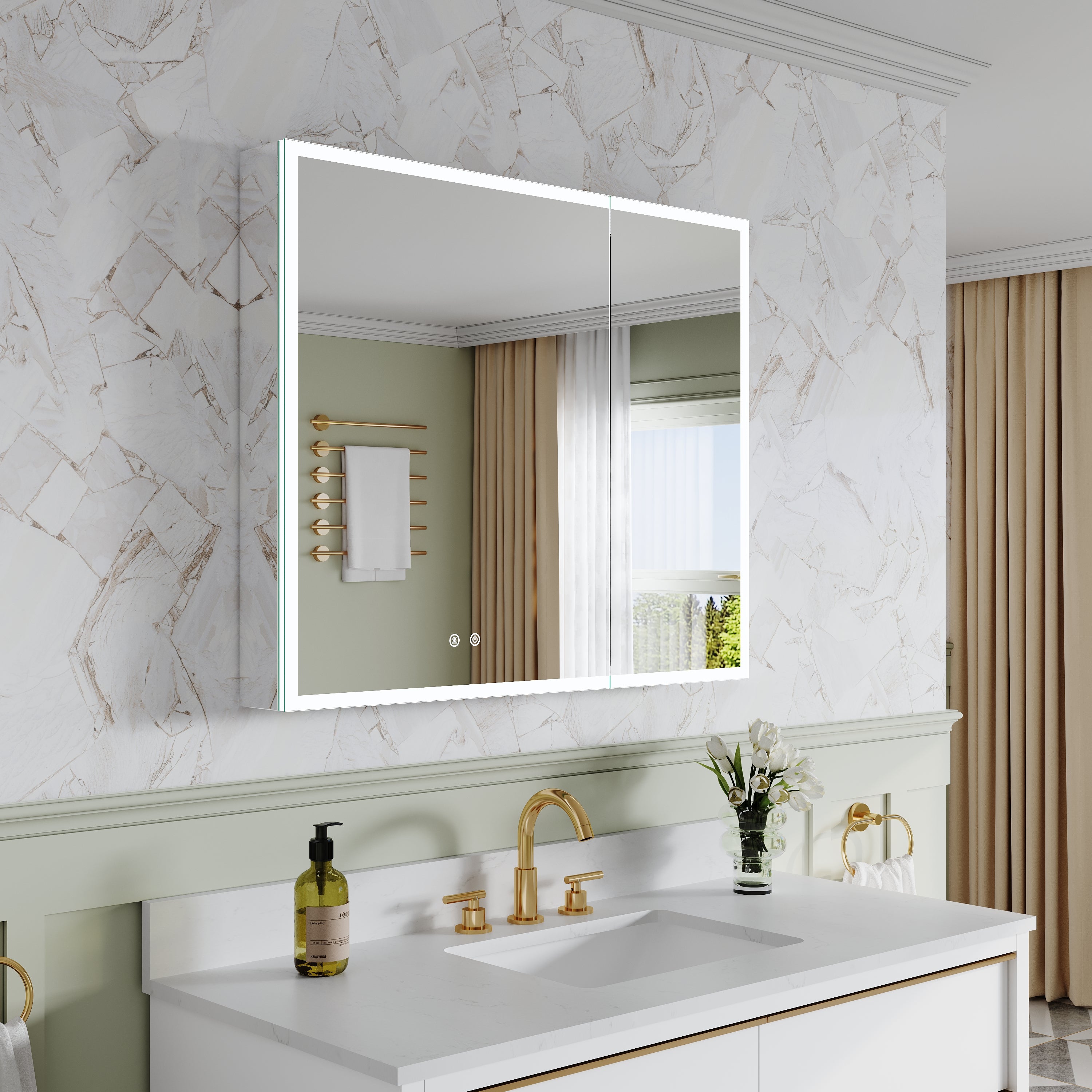
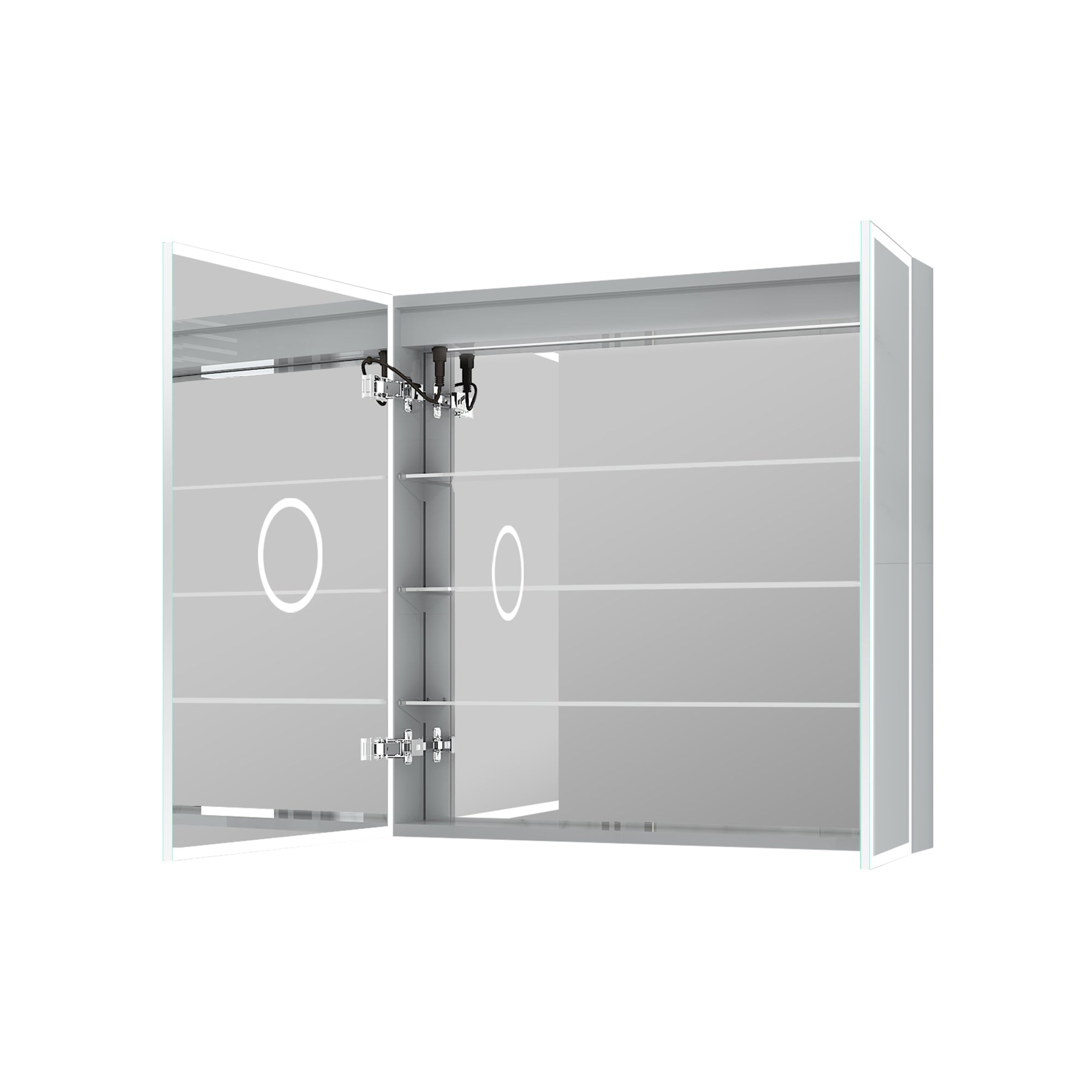
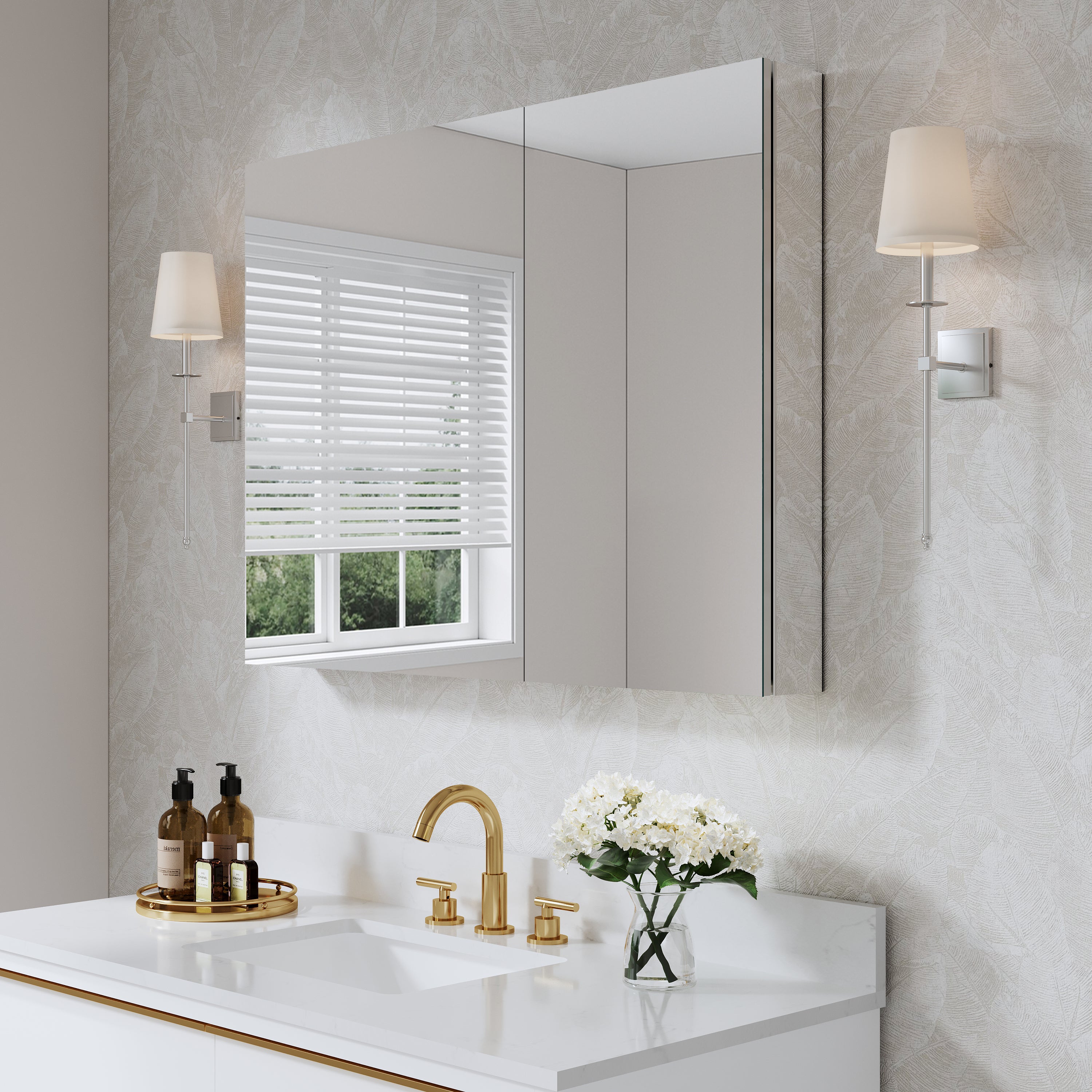

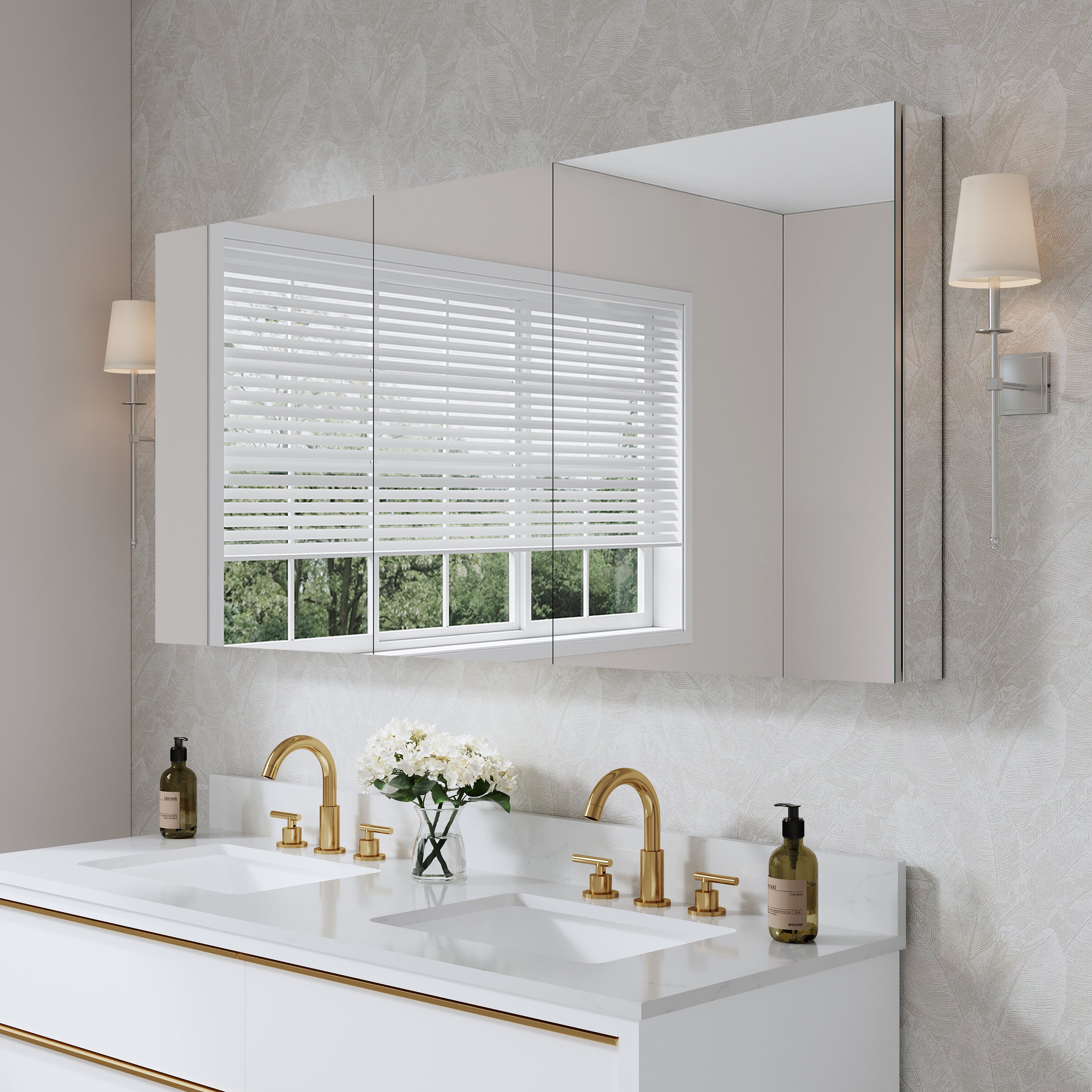

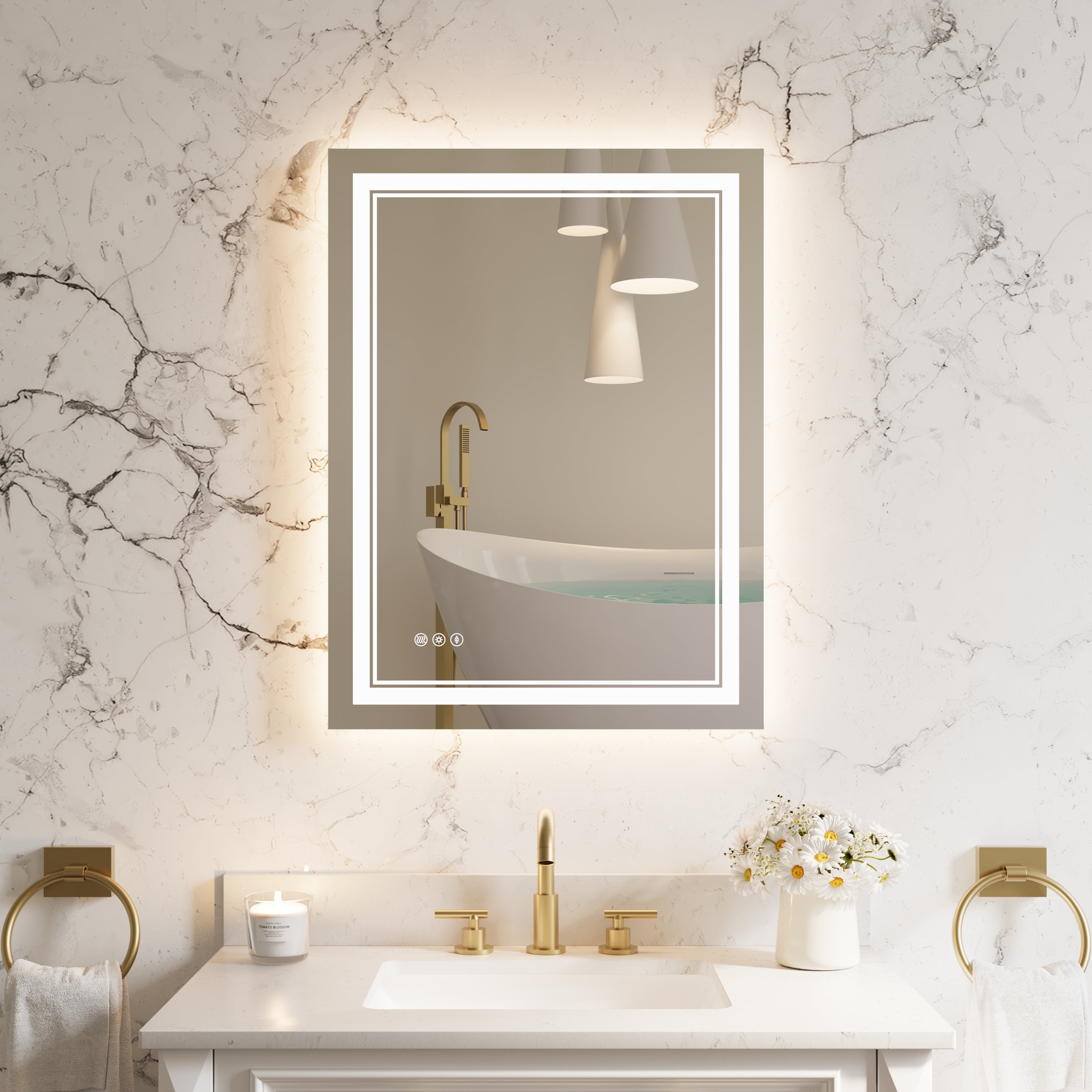
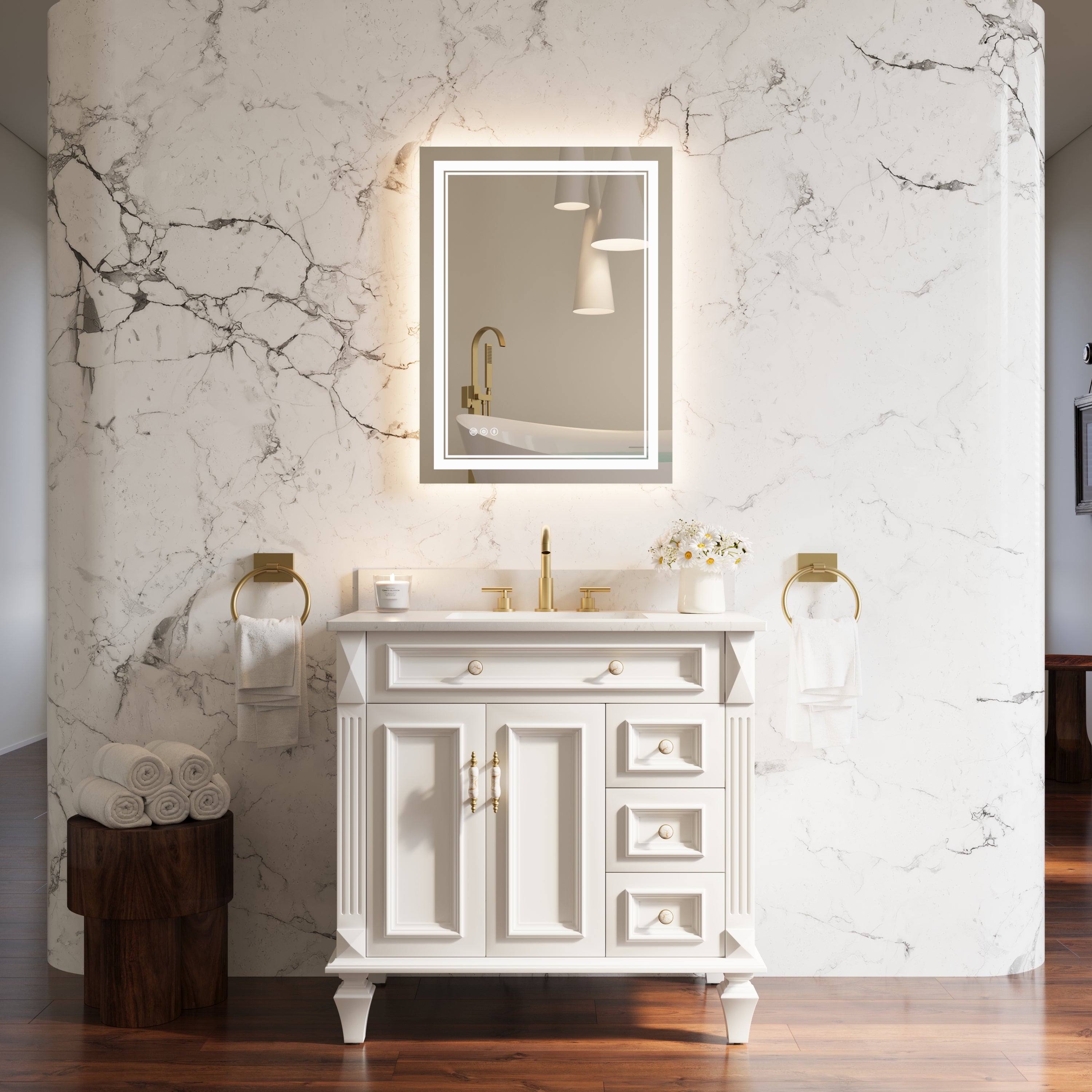
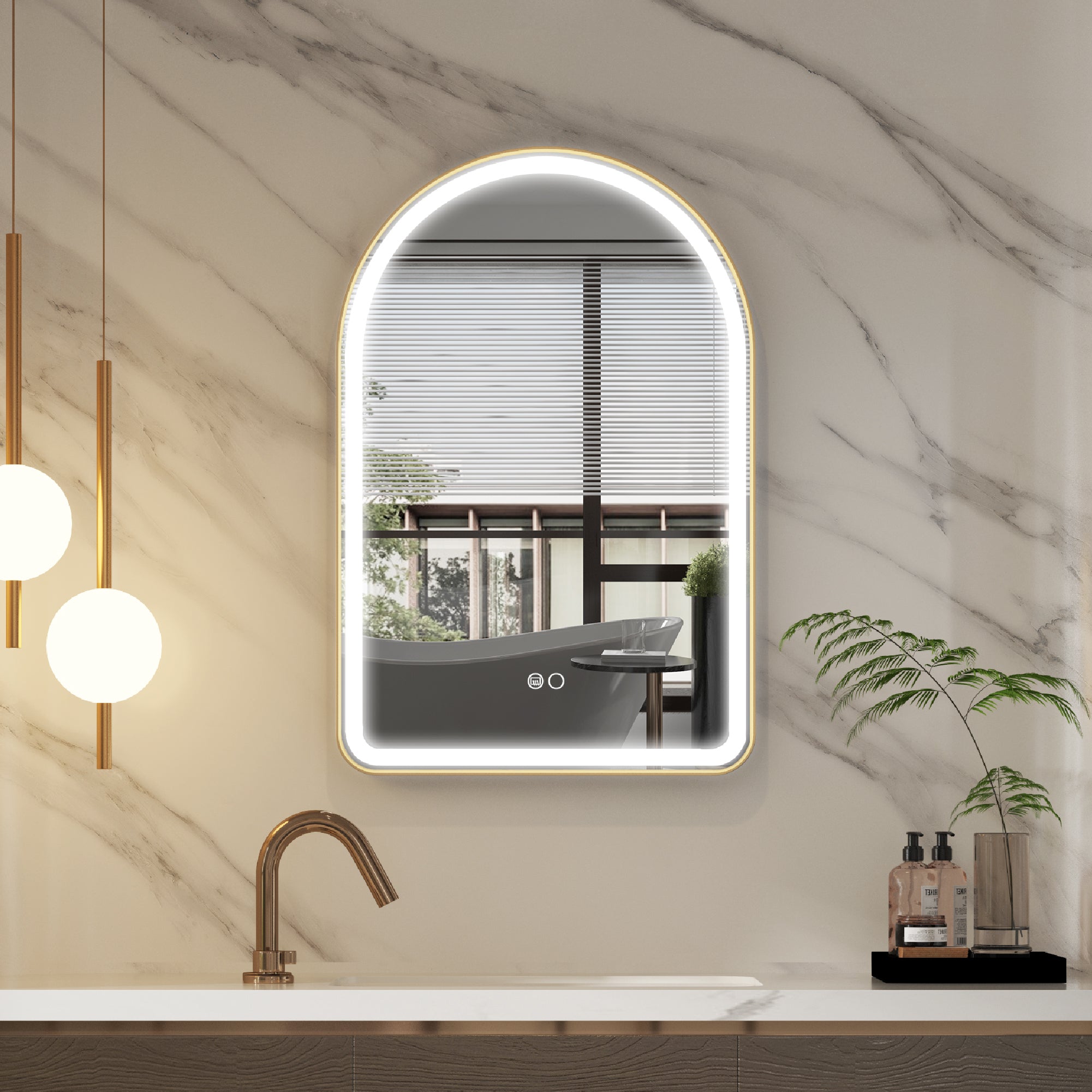
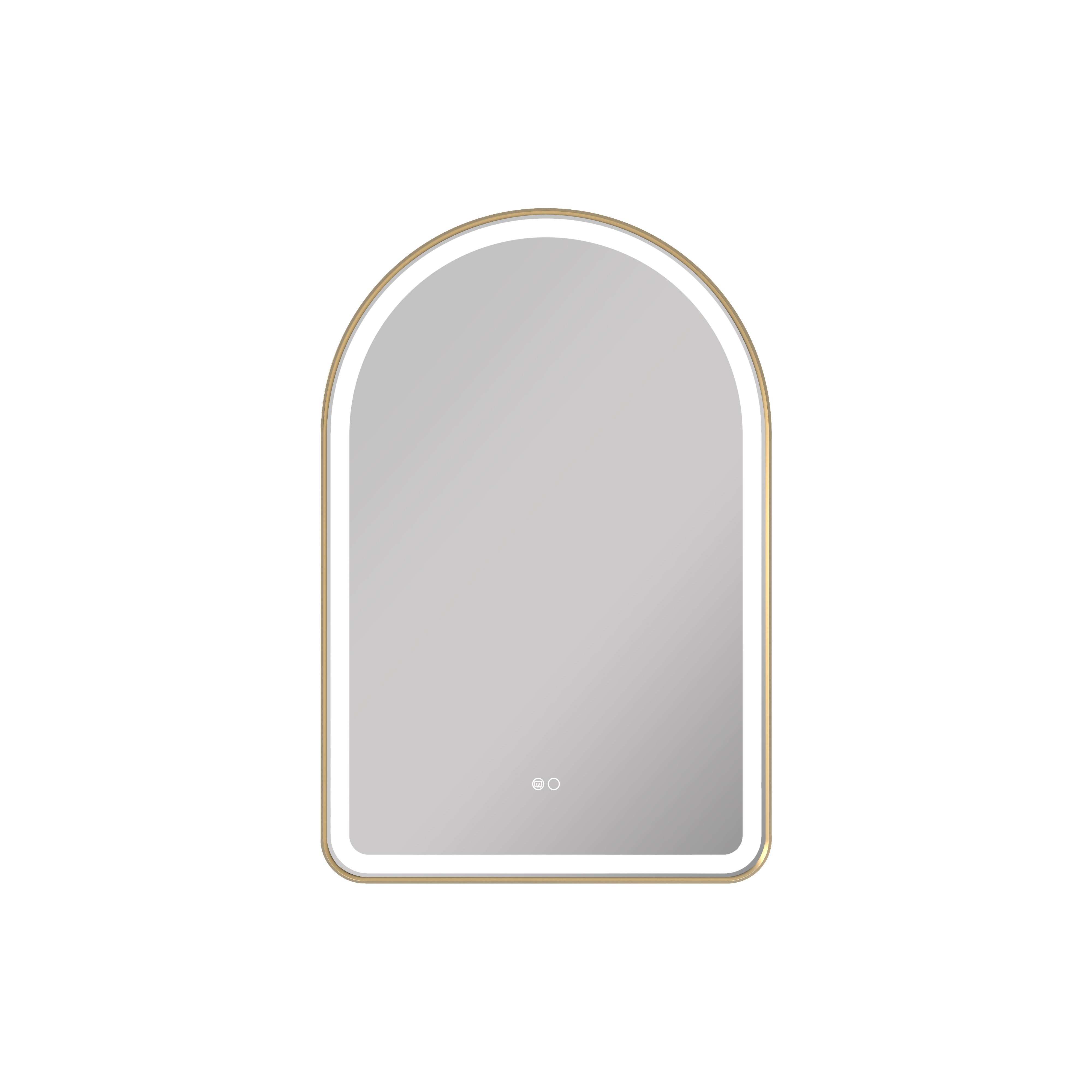


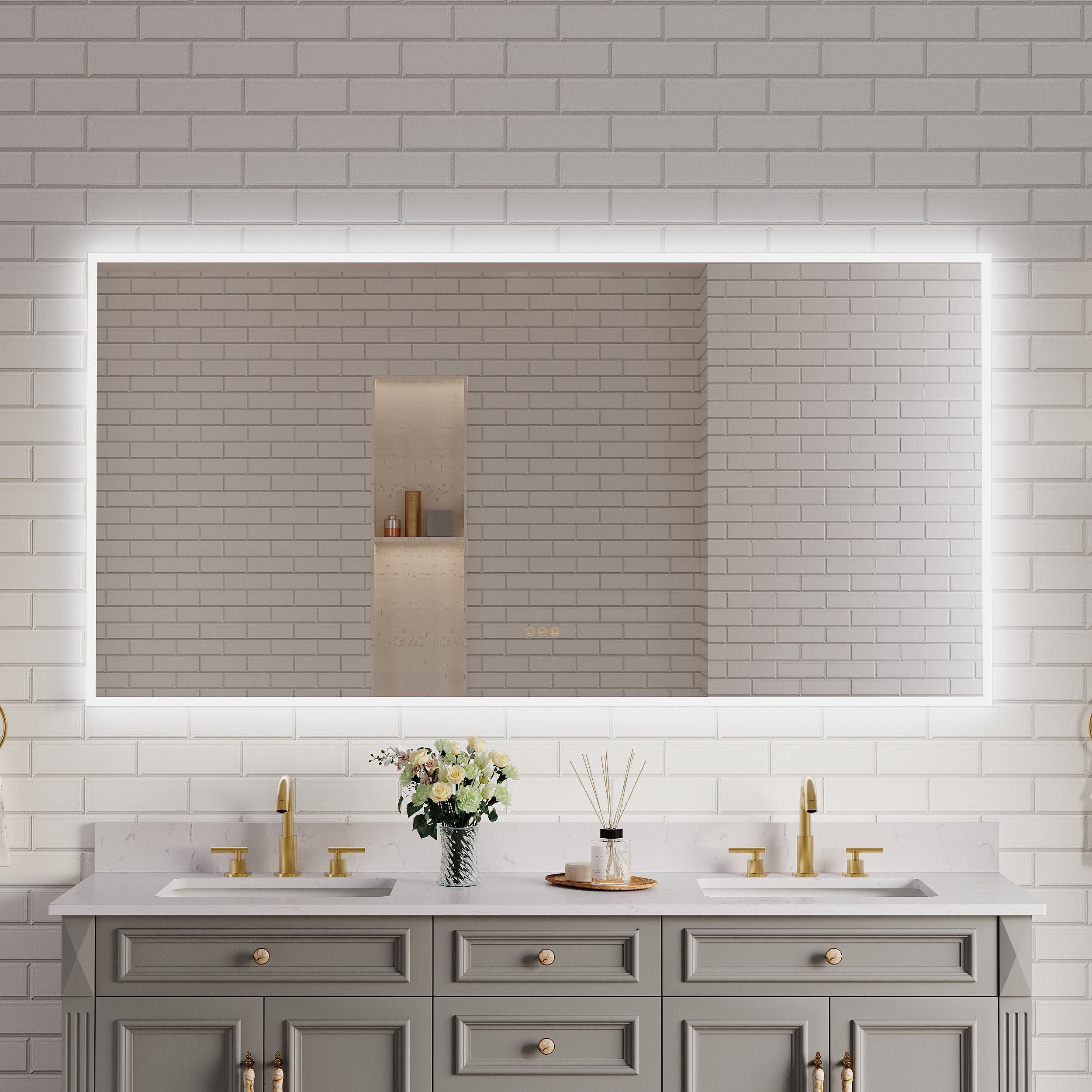





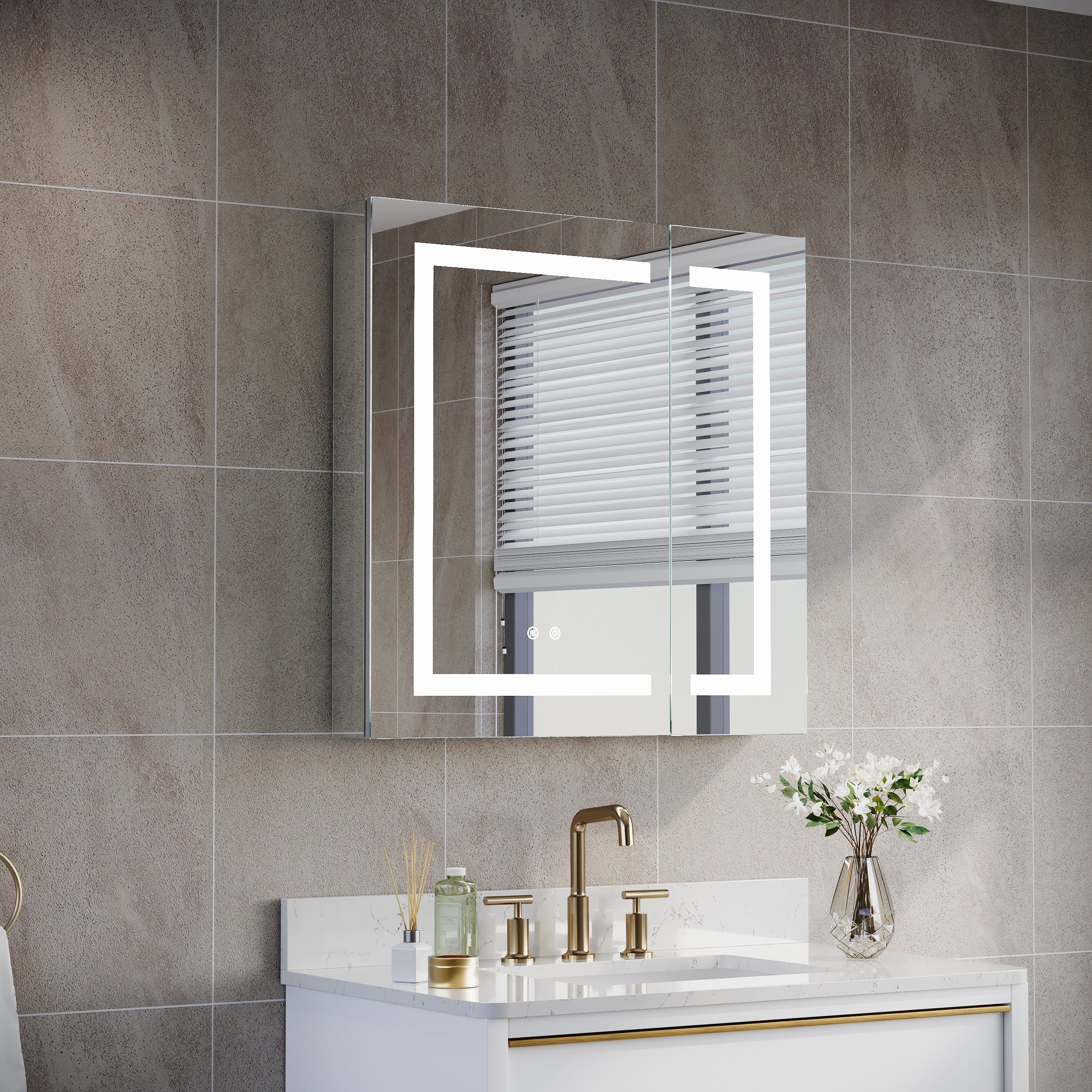
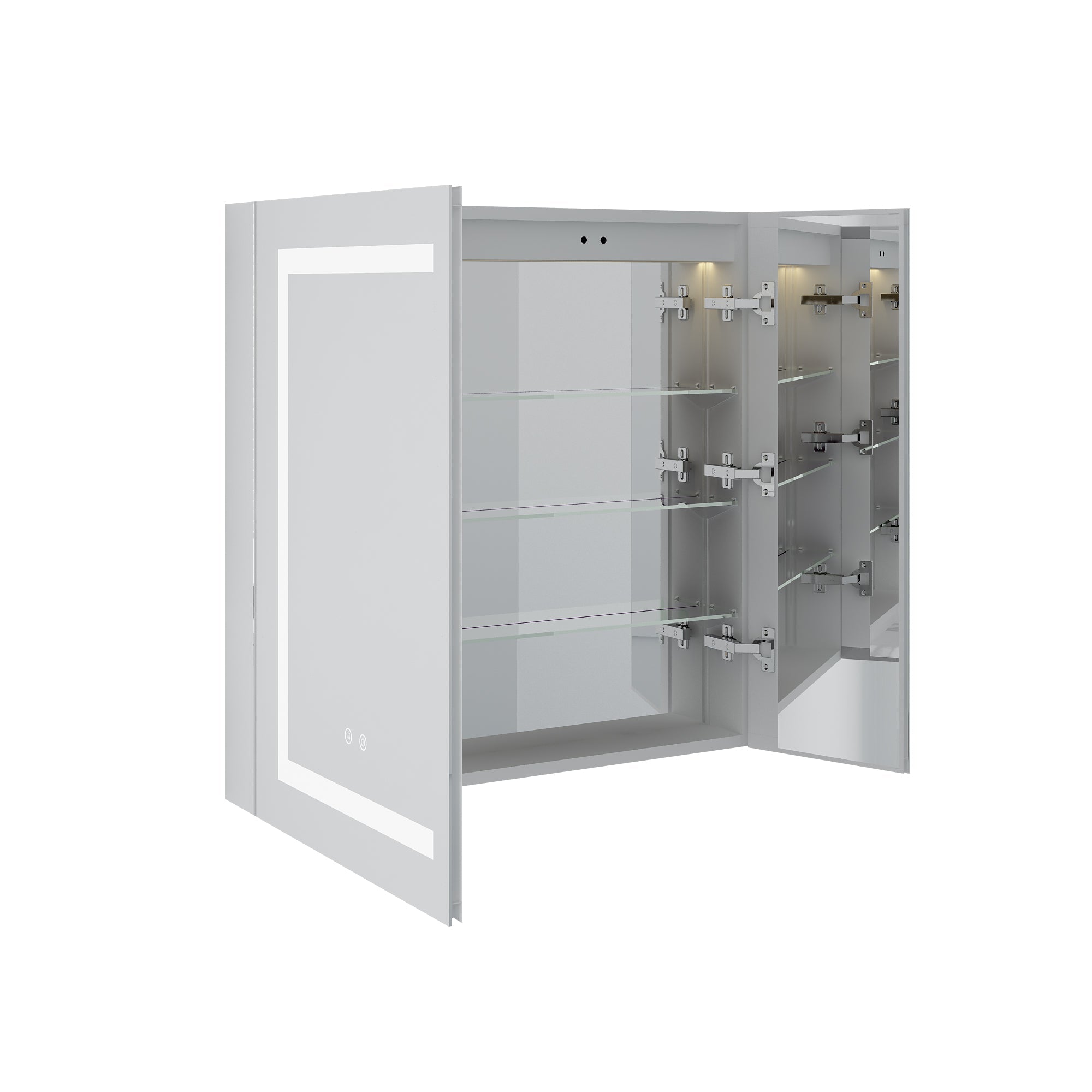




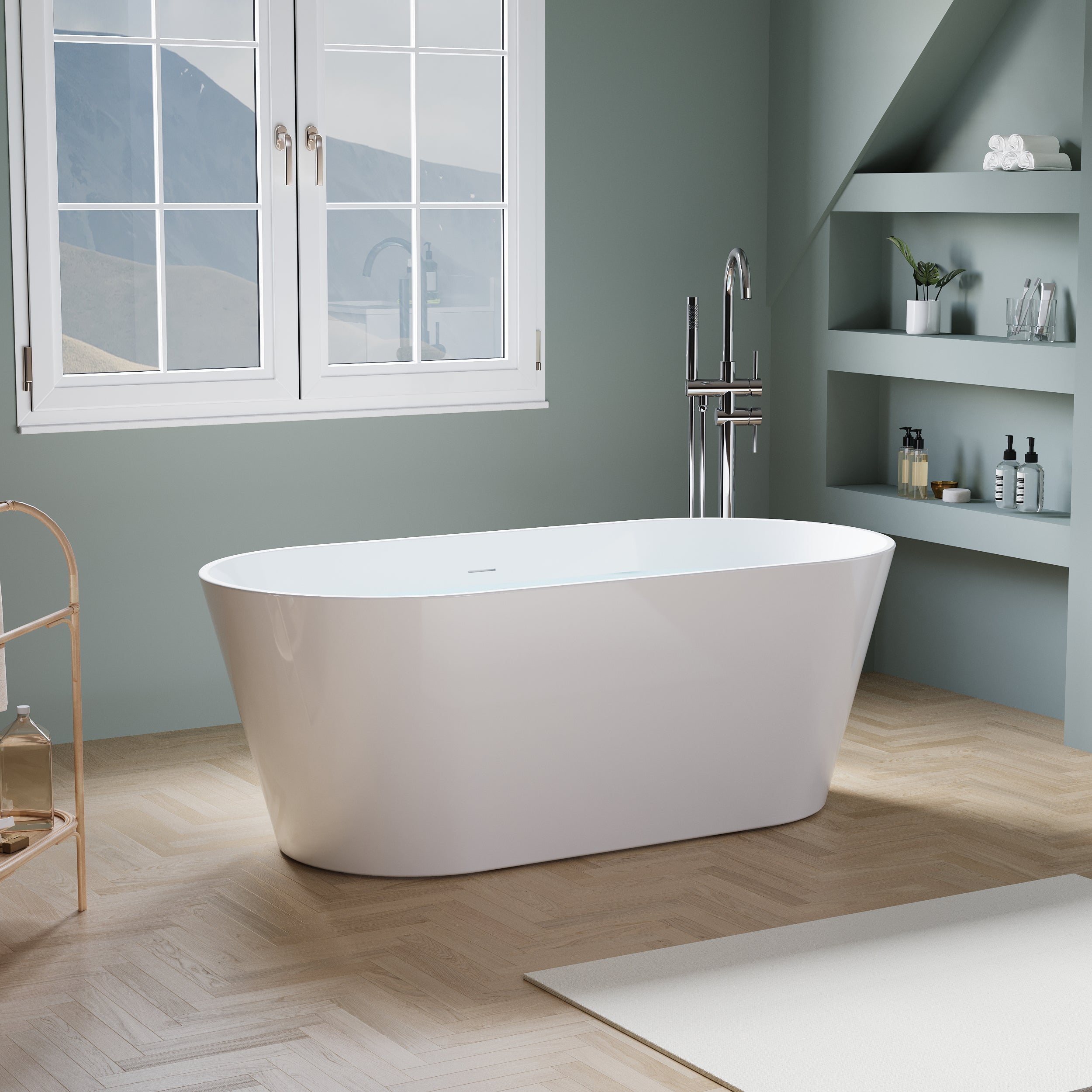
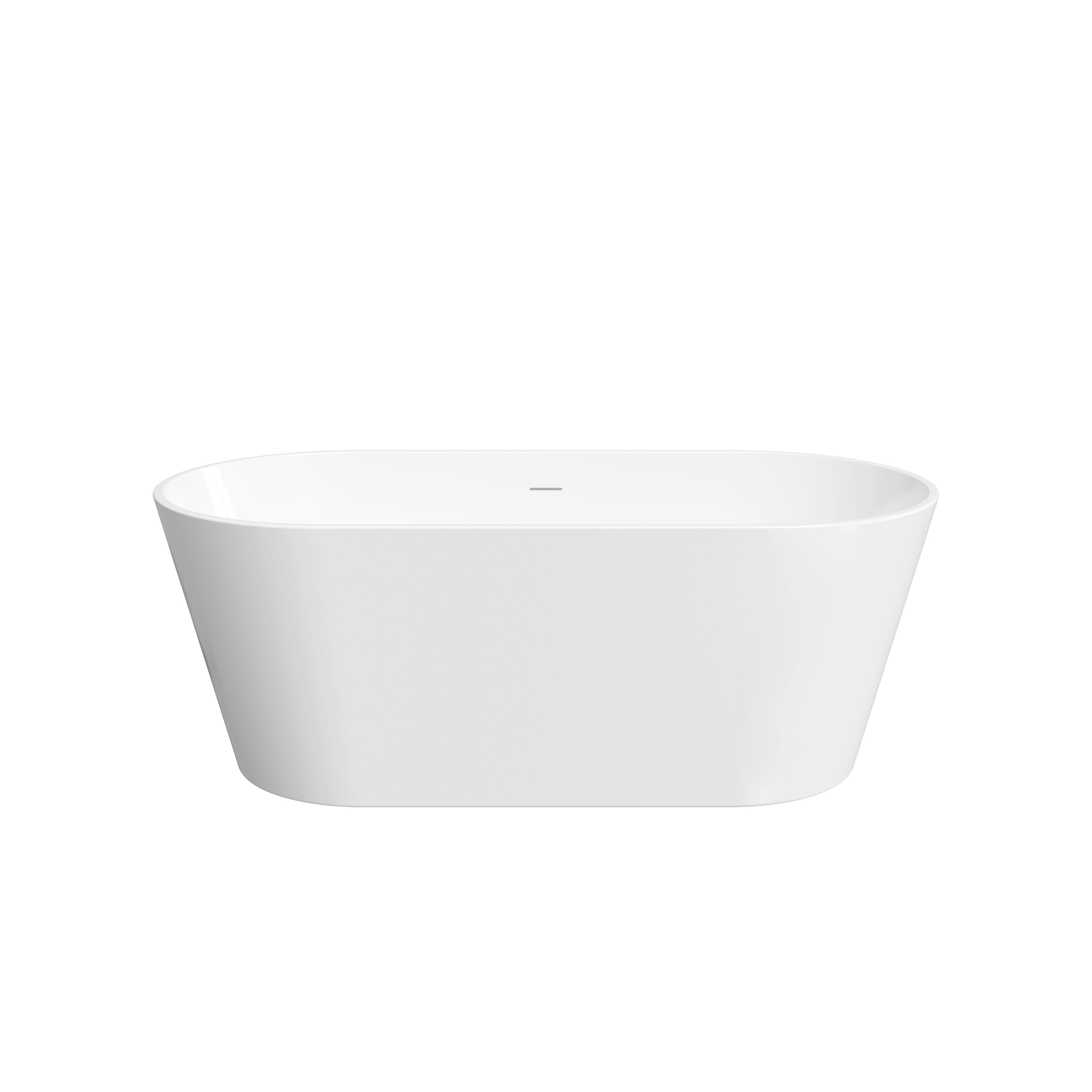


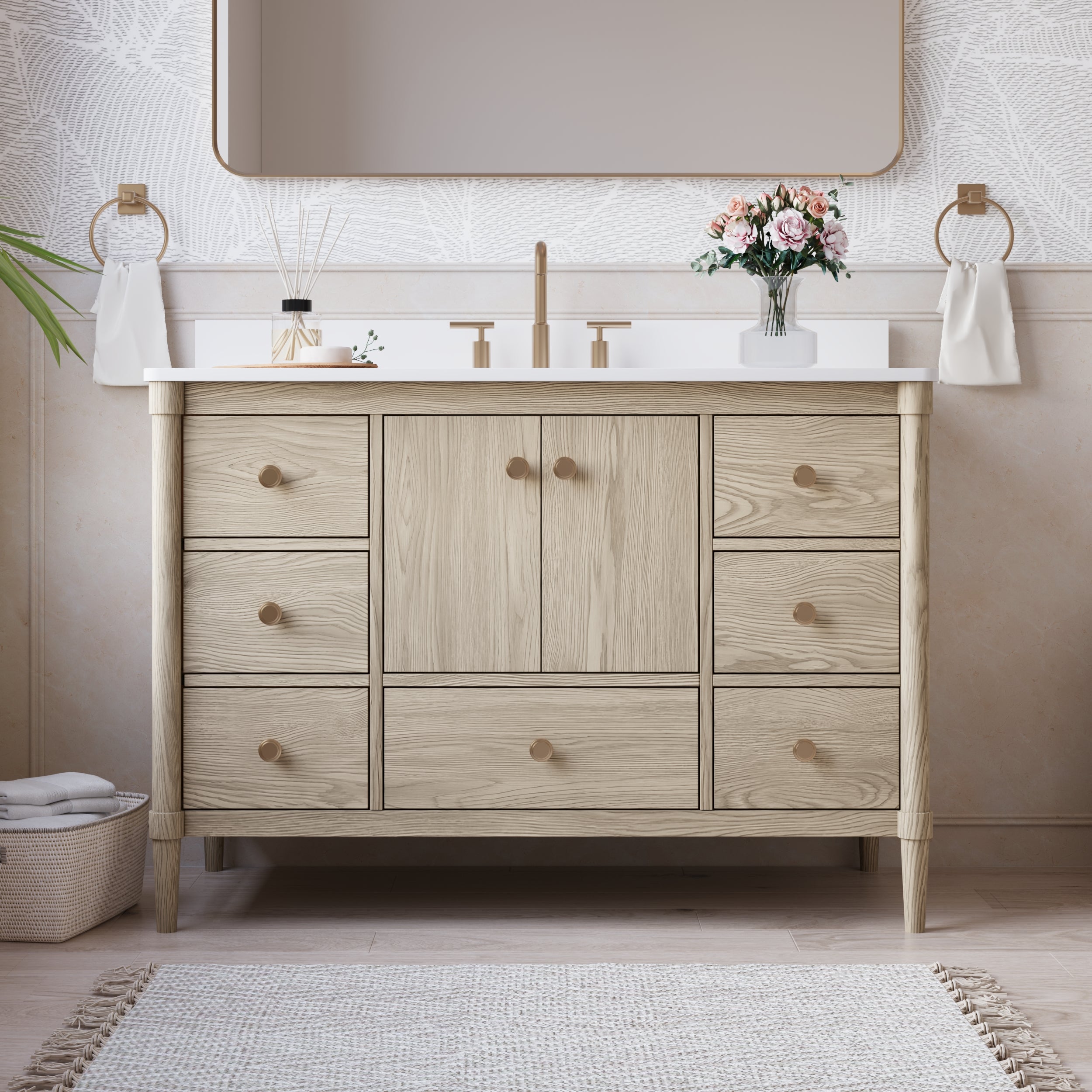
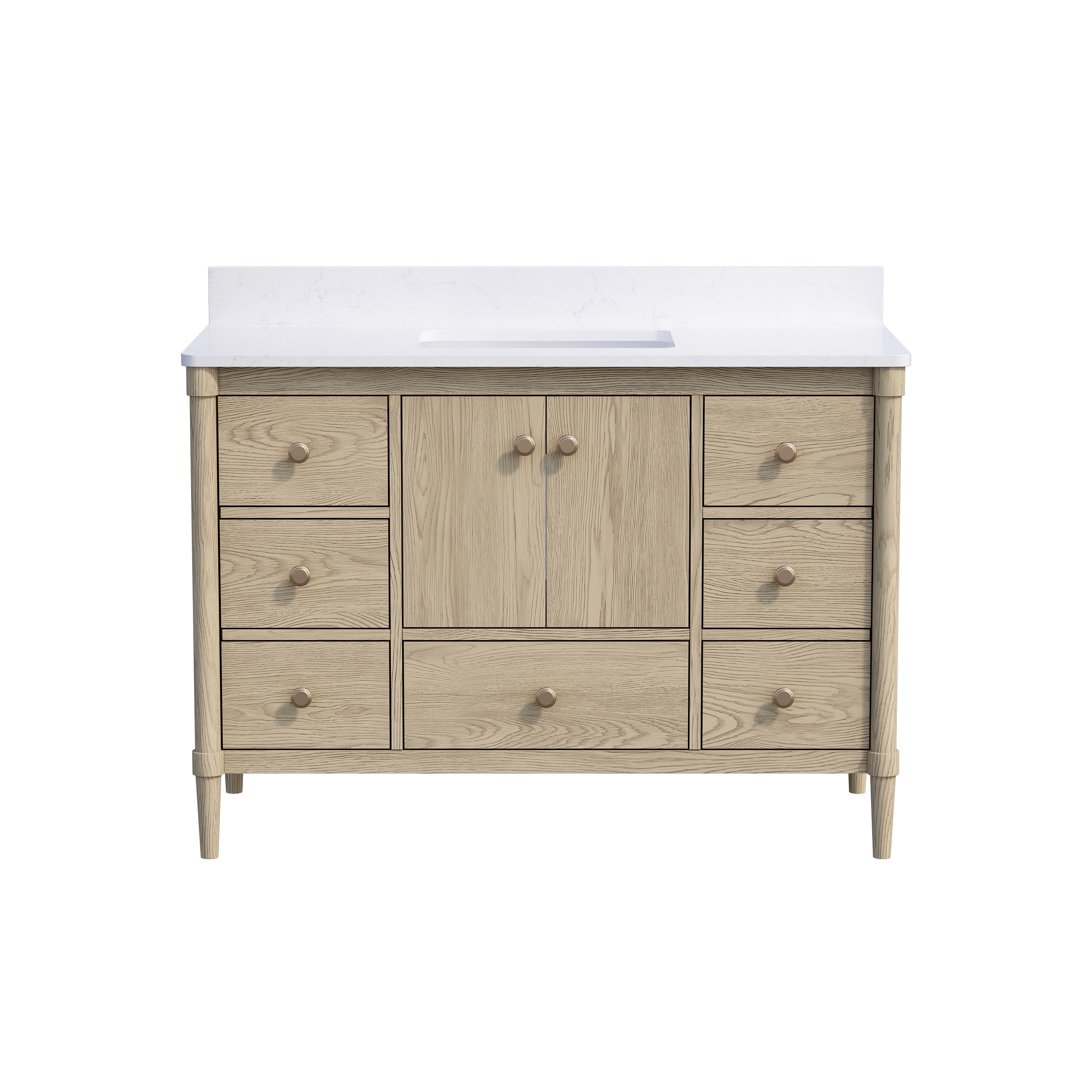
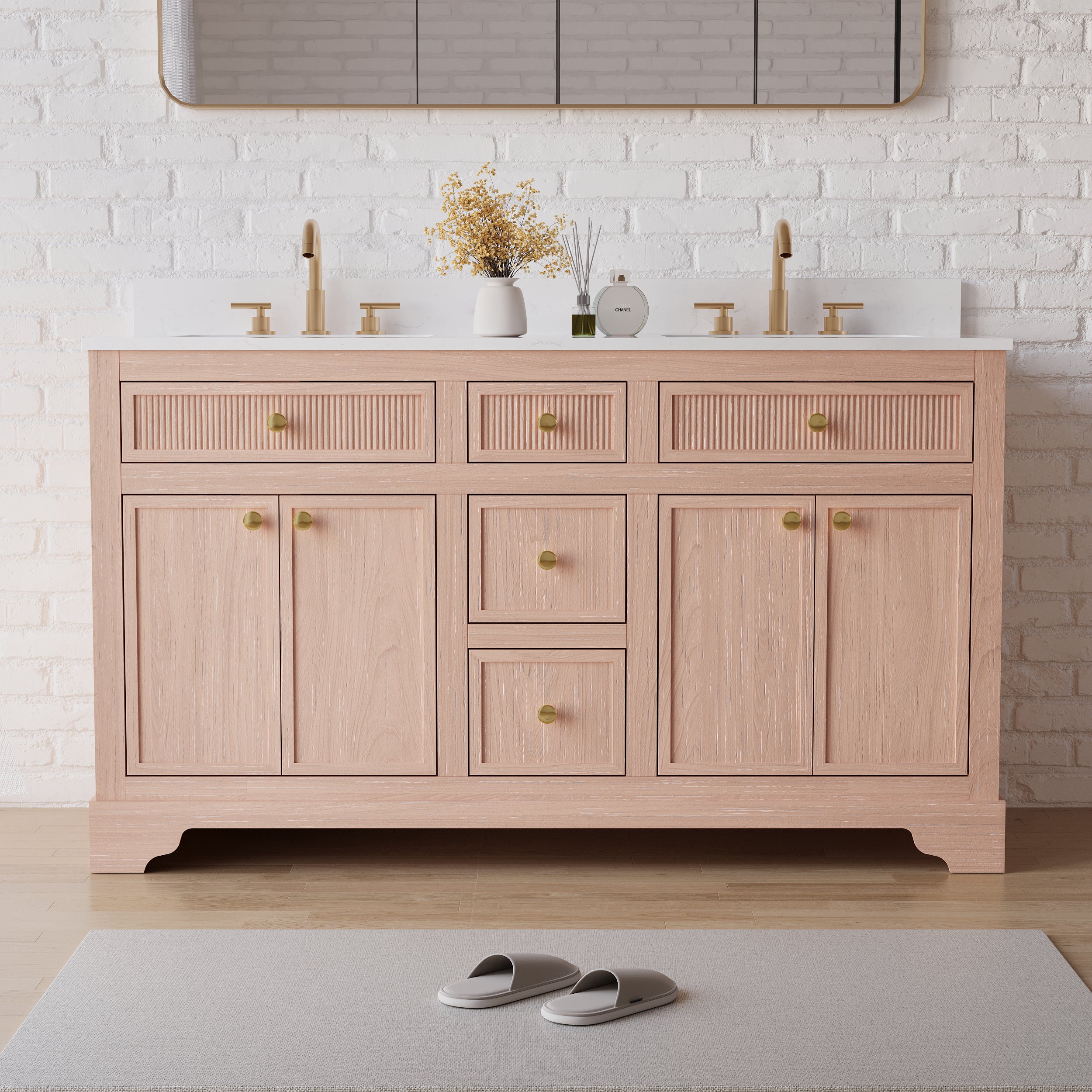
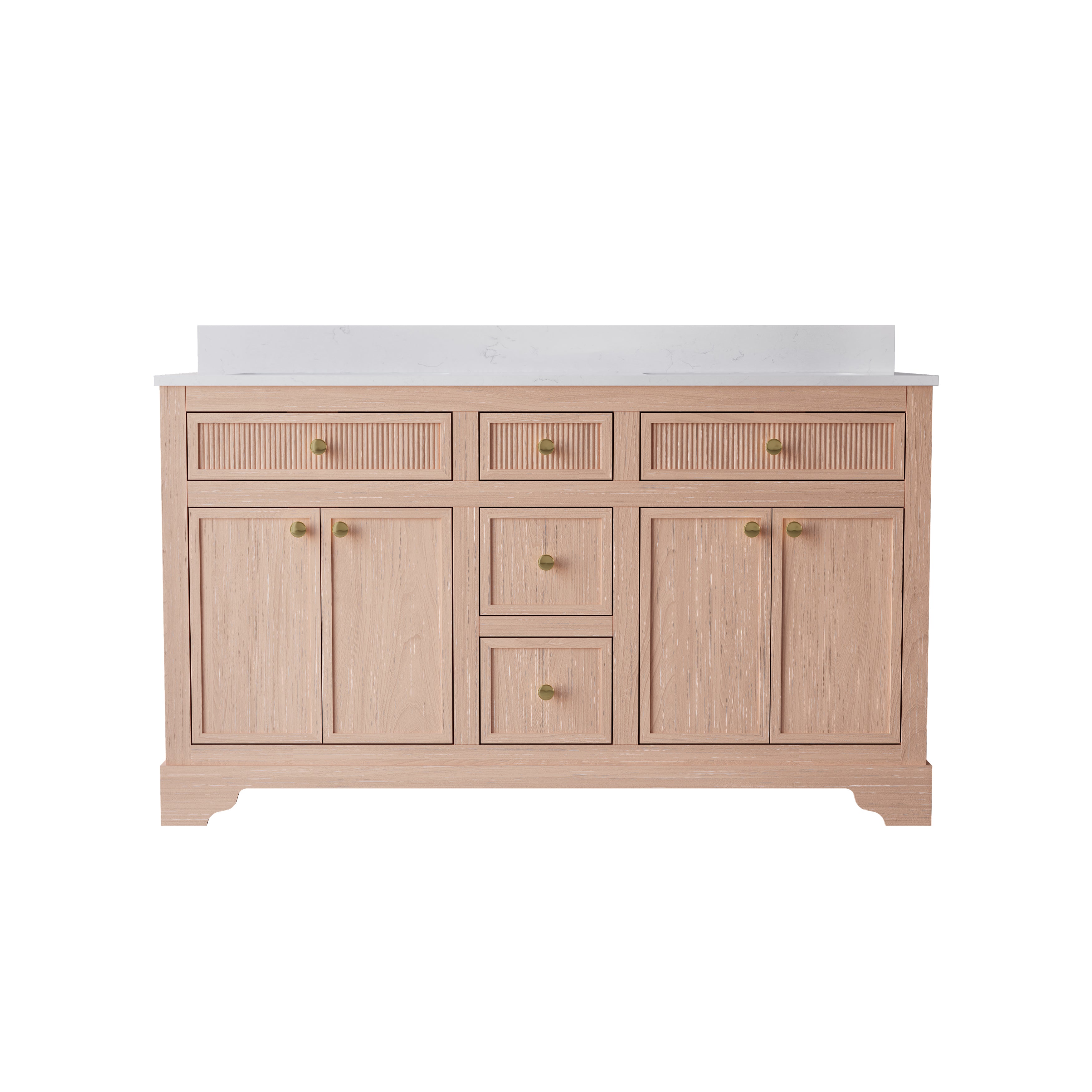
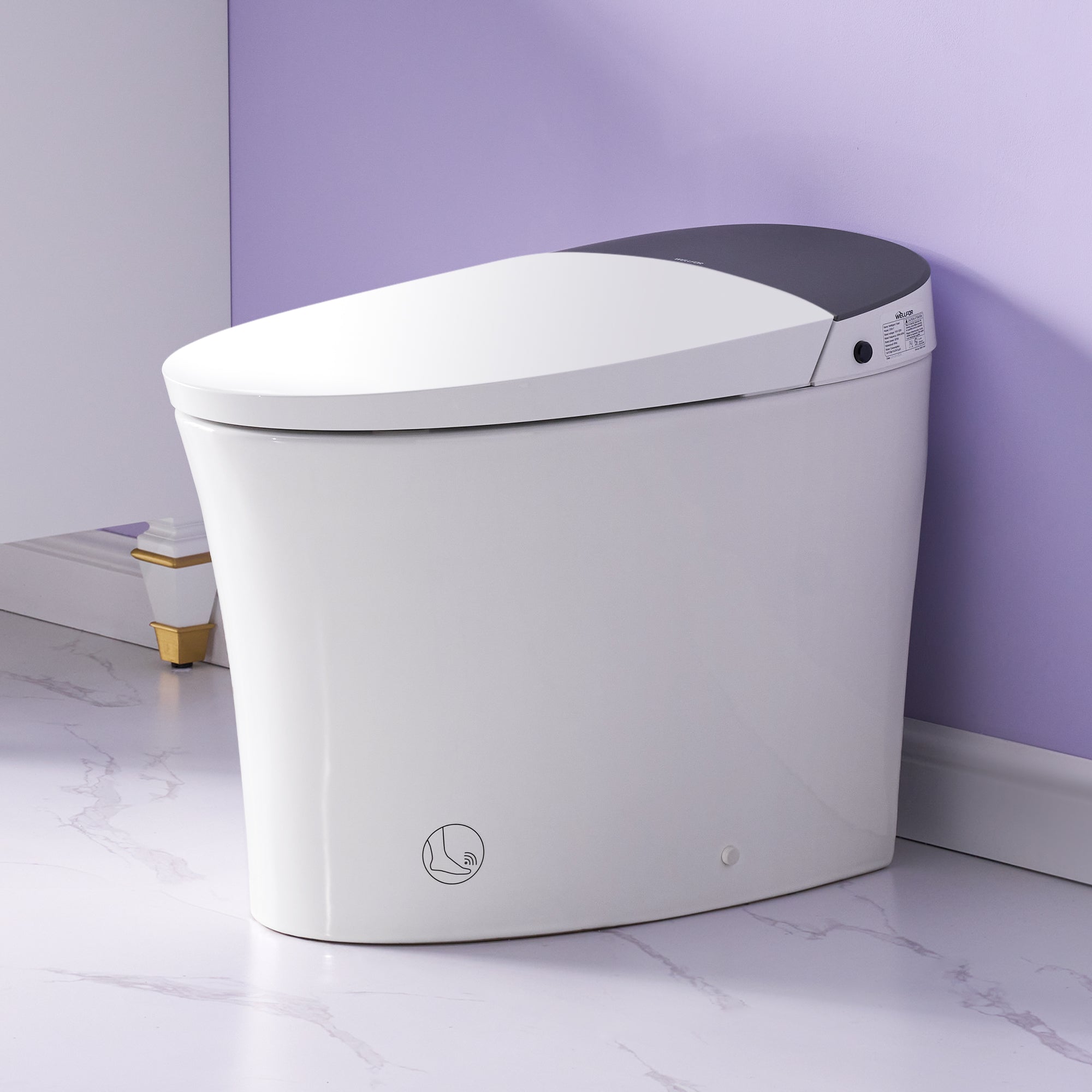
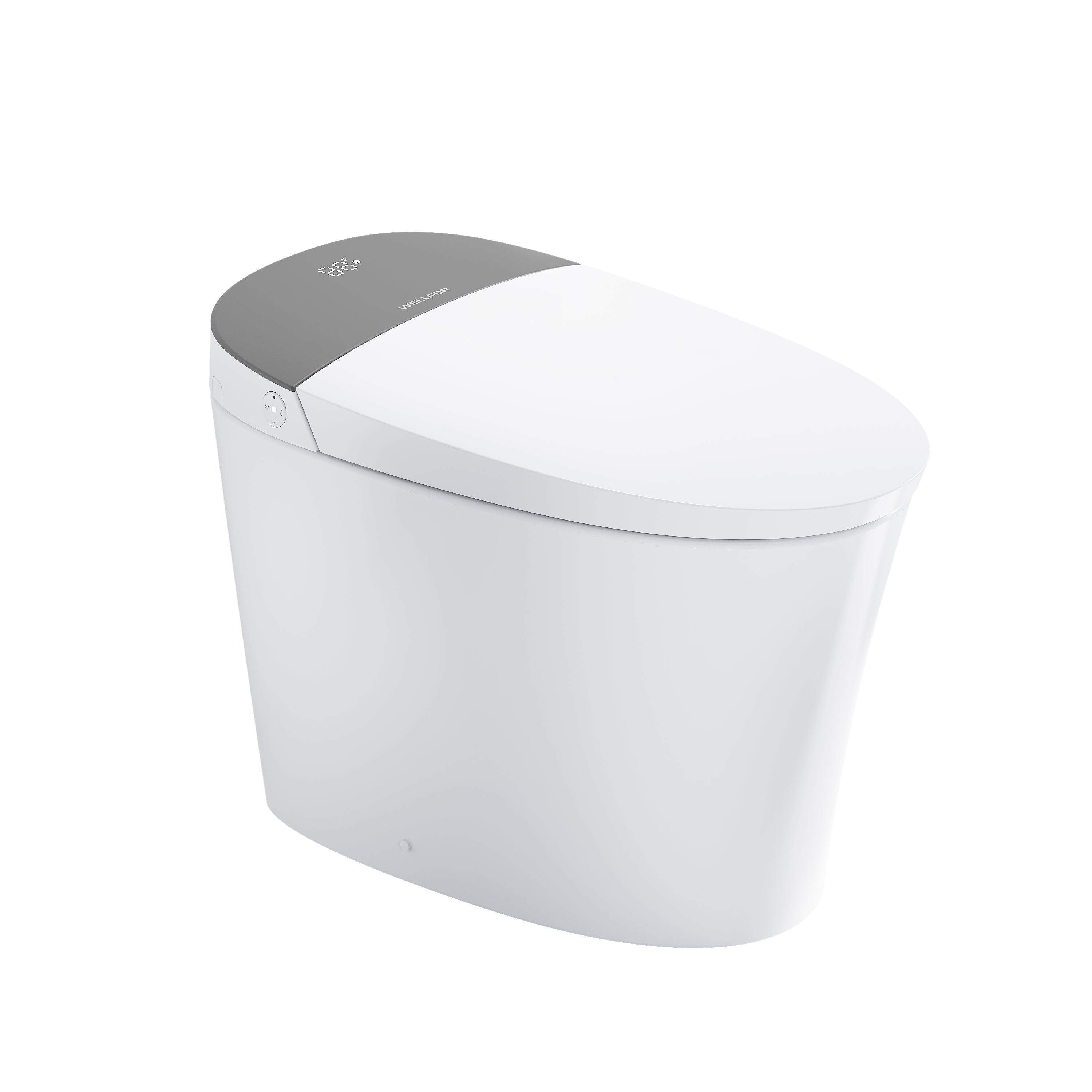
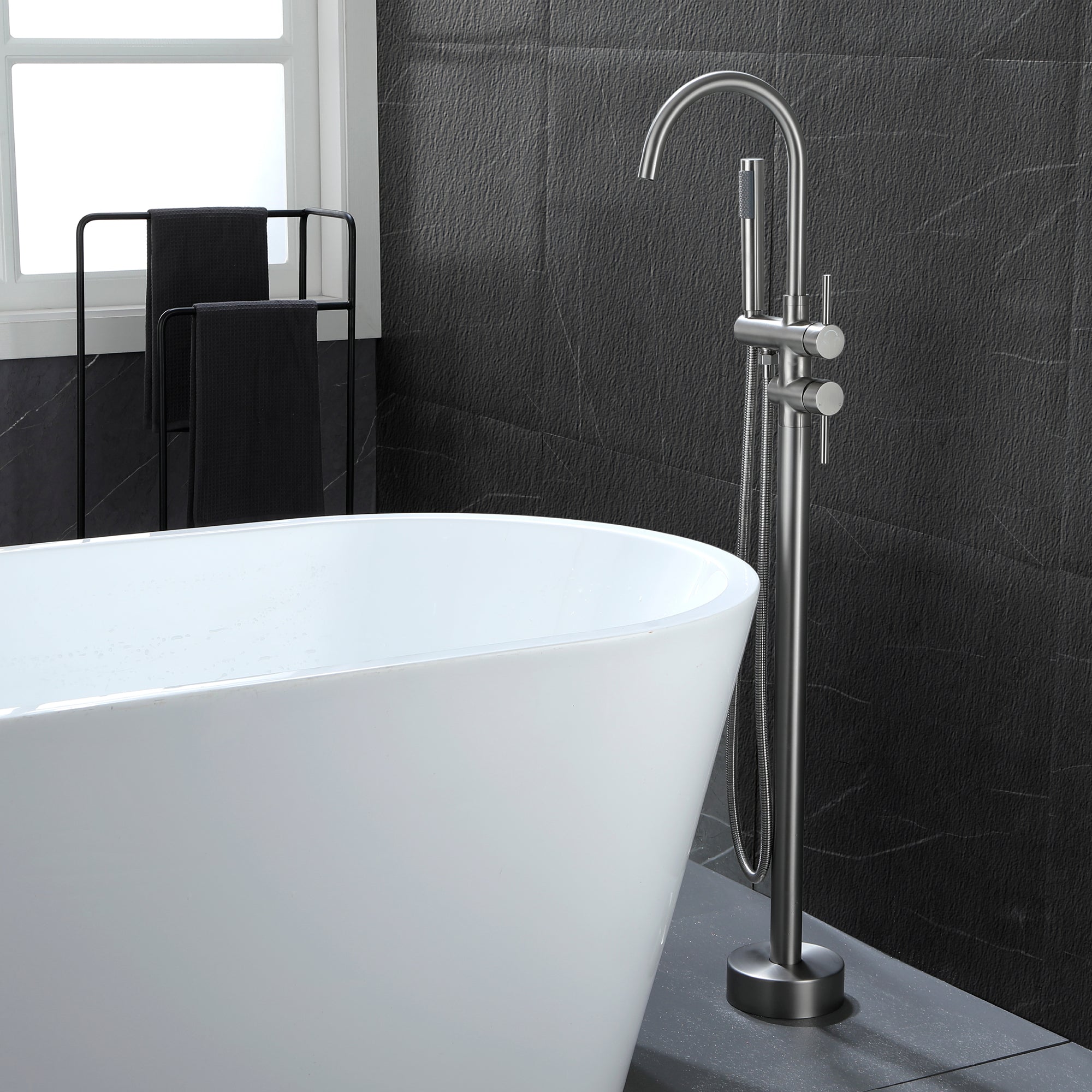

Leave a comment
This site is protected by hCaptcha and the hCaptcha Privacy Policy and Terms of Service apply.